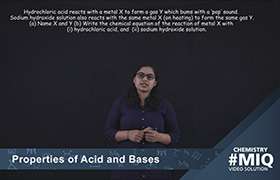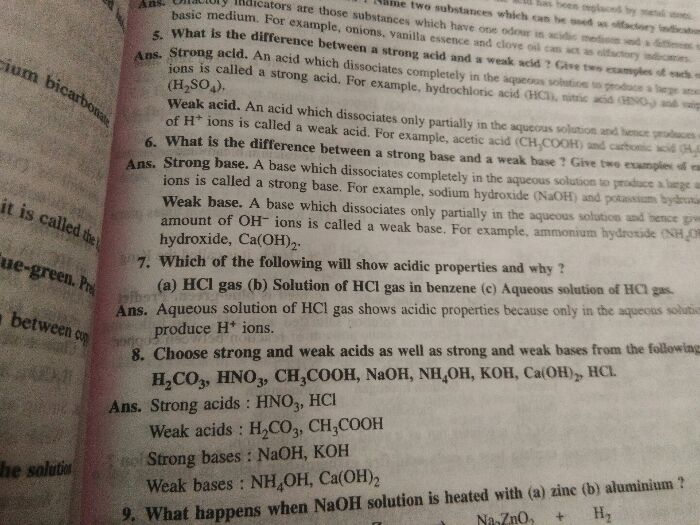CBSE Class 10 Answered
Formation of Acid rain
Oxides of nitrogen and sulphur interact with water vapour in the presence of sunlight in the atmosphere to form nitric acid and sulphuric acid mist, respectively. This mist remains as vapours at high temperature and condenses at low temperatures. These acids mix with rain (snow or fog) and fall down to the Earth resulting in acid rain.
Formation of sulphuric acid and sulphurous acid
Impurities in coal: Coal used in power plants contains up to 4% sulphur. On combustion, it forms pollutant sulphur dioxide (i.e. oxides of sulphur).
|
S + O2 → SO2 (Sulphur dioxide) |
Sulphur dioxide reacts with water vapour to form sulphurous acid.
|
SO2 + H2O → H2SO3 (Sulphurous acid) |
Sulphur dioxide can also be oxidised to sulphur trioxide.
|
2SO2 + O2 → 2SO3 (Sulphur trioxide) |
Sulphur trioxide reacts with water vapour to form sulphuric acid.
|
SO3 + H2O → H2SO4 (Sulphuric acid) |










